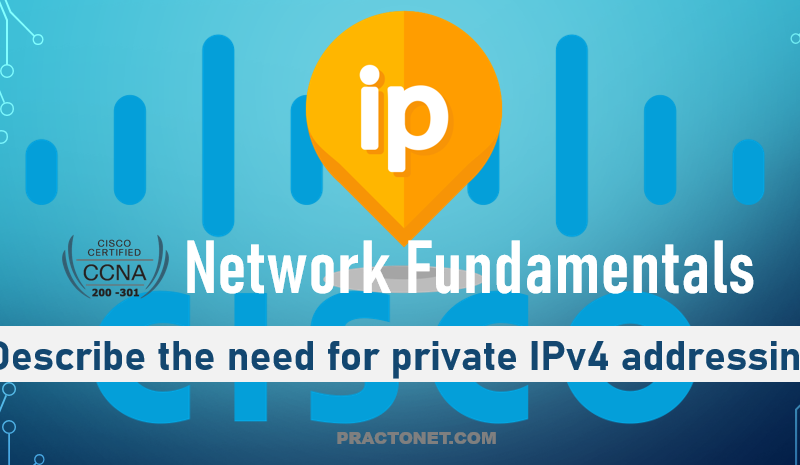Centralized controllers formalize and define data models for the configuration and operational data about networks. We humans might be comfortable with visually scanning the output of show commands to find the tidbit of information we need. Programs need to be able to identify the specific fact. To build a controller-based network with APIs, all the data about the network needs to be defined in a data model so programs can use that data via API calls. Before using controllers, automation scripts often had to begin by processing the text output of a show command, but with controllers and the data models behind the APIs, the data can be readily available to any automation script or vendor application through a northbound API.
For instance, Example shows some output from a command on a switch. With a northbound API on a controller, and the data model it supplies, an automation program could issue this command and begin by parsing this text. The goal: find the configuration setting on the switchport mode command and the current trunking state.

Next example shows a simple example of the starting point for a program using a controller’s northbound API. Instead of asking for the text from a show command, the API call will result in the program having a series of variables set. In this case, there are variables for that same interface that list the trunk configuration setting and the trunk operational state.

Using a controller-based model not only supplies APIs that give us the exact same data a human could see in show commands , but often they also supply much more useful information. A controller collects data from the entire network, so the controller can be written so that it analyzes and presents more useful data via the API. As a result, software that uses the APIs—whether automation written by local engineers or applications written by vendors— can be written more quickly and can often create features that would have been much more difficult without a controller.
For instance, both APIC-EM and its successor DNA Center provide a path trace feature. The applications show the path of a packet from source to destination, with the forwarding logic used at each node. Now imagine writing that application with either of these two approaches.
- One API call that returns a list of all devices and their running configuration, with other API calls to collect each device’s MAC address tables and/or their IP routing tables. Then you have to process that data to find the end-to-end path.
- One API call to which you pass the source and destination IP addresses and TCP/UDP ports, and the API returns variables that describe the end-to-end path, including device hostnames and interfaces. The variables spell out the path the packet takes through the network.
The second option does most of the work, while the first option leaves most of the work to you and your program. But that second option becomes possible because of the centralized controller. The controller has the data if it at least collects configuration and forwarding table information. Going beyond that, these Cisco controllers analyze the data to provide much more useful data. The power of these kinds of APIs is amazing, and this is just one example.
The following list summarizes a few of the comparison points:
- Northbound APIs and their underlying data models make it much easier to automate functions versus traditional networks.
- The robust data created by controllers makes it possible to automate functions that were not easily automated without controllers.
- The new reimagined software defined networks that use new operational models simplify operations, with automation resulting in more consistent configuration and less errors.
- Centralized collection of operational data at controllers allows the application of modern data analytics to networking operational data, providing actionable insights that were likely not noticeable with the former model.
- Time required to complete projects is reduced.
- New operational models use external inputs, like considering time-of-day, day-of-week, and network load.





